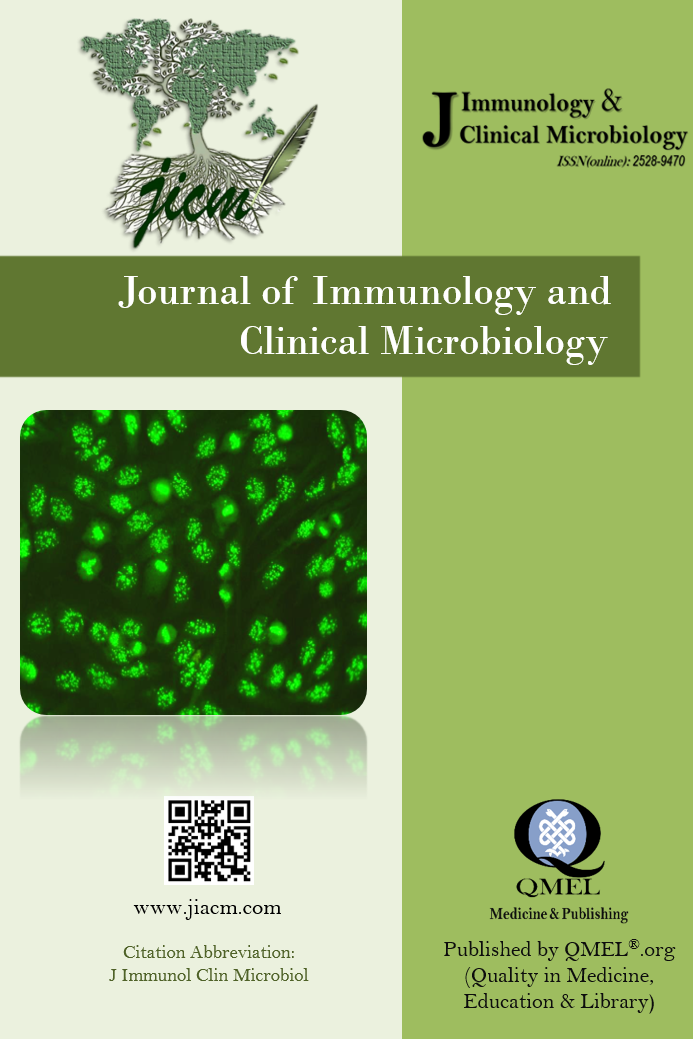Immunology of Osteoporosis: A Short-Review
Immunology of Osteoporosis: A Short-Review
The osteoporosis pathogenesis is multifactorial and the immune system has an important role. Free radicals and the proteins or lipids that become glycated after exposure to sugars that may be related with bone resorption and inflammation. It is now recognized that the receptor activator of NF-κB ligand (RANKL) has a major role at the bone resorbing. The physiological receptor of the biological activity of RANKL is managed by osteoprotegerin (OPG). The balance of RANKL and OPG in physiological bone turnover may control the bone density and pathological conditions. This review aims to provide a short overview of osteoimmunology in osteoporosis.
Keywords:
Osteoporosis, osteoimmunology bone,
___
- Yeter A, Kavuncu V, Evcik FD, Demirdal ÜS, Subaşı V, Çakır T. Evalution the effects of raloxifene and risedronate on serum biochemical markers. Türk Osteoporoz derg 2014; 20: 110-116.
- Pietschmann P, Mechtcheriakova D, Meshcheryakova A, Föger-Samwald U, Ellinger I. Immunology of Osteoporosis: A Mini-Review. Gerontology 2016; 62: 128-137.
- Arron JR, Choi Y. Bone versus immune system. Nature 2000; 408: 535-536.
- Rauner M, Sipos W, Thiele S, Pietschmann P. Advances in osteoimmunology: pathophysiologic concepts and treatment opportunities. Int Arch Allergy Immunol 2013; 160: 114-125.
- Blázquez-Medela AM, López-Novoa JM, Martínez-Salgado C. Osteoprotegerin and diabetes-associated pathologies. Curr Mol Med 2011; 5: 401-416.
- Boyce BF, Xing L. Biology of RANK, RANKL, and osteoprotegerin. Arthritis Res Ther 2007; 9(Suppl 1): S1. doi:10.1186/ar2165.
- Yayın Aralığı: Yılda 4 Sayı
- Başlangıç: 2016
- Yayıncı: Erkan YULA
